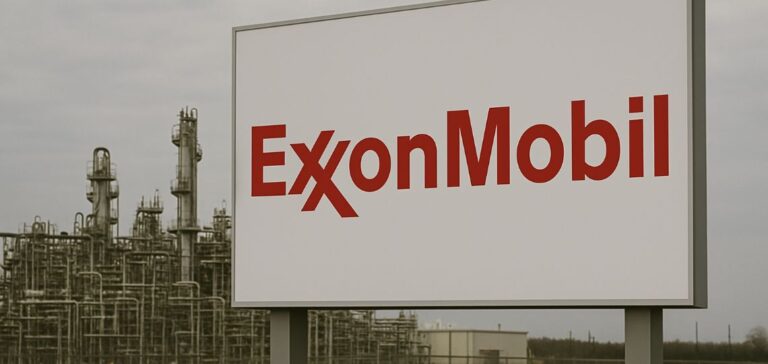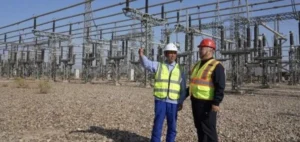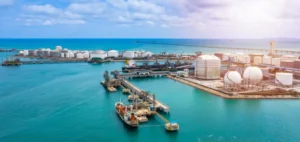Calpine Corporation, the leading producer of electricity from natural gas in the United States, has reached an agreement with Exxon Mobil Corporation to transport and store up to 2 million tonnes per year of carbon dioxide (CO2) from its Baytown Energy Center, located near Houston. This initiative is part of the Baytown Carbon Capture and Storage (CCS) Project, designed to capture the facility’s CO2 emissions.
An infrastructure supported by the world’s largest network
ExxonMobil will integrate the captured volumes into its CO2 pipeline system, the largest in the world, strategically located along the U.S. Gulf Coast. This network supports both enhanced oil recovery and permanent CO2 sequestration. The agreement with Calpine marks ExxonMobil’s sixth CCS customer, bringing the total CO2 under contract to approximately 16 million tonnes per year.
Barry Engle, President of ExxonMobil Low Carbon Solutions, stated: “We are delighted to work with Calpine on this project that supports American energy security and enhances industrial competitiveness” (ExxonMobil, press release of April 25).
An industrial-scale energy project
The Baytown CCS Project aims to produce around 500 megawatts of low-carbon electricity, enough to power more than 500,000 homes, while supplying steam to nearby industries. Engineering, permitting and other development activities are underway.
According to Caleb Stephenson, Executive Vice President of Calpine, natural gas will remain “the backbone of the grid for decades to come” (Calpine, press release of April 25). He also highlighted that carbon capture and storage (CCS) represents a “realistic and cost-effective” solution to meet reliable power demand.
Economic prospects and development conditions
The project is expected to create a significant number of permanent and construction-related jobs. Calpine expressed gratitude for the governmental support that enabled the expansion of its energy infrastructure, including the recent acquisition of the Quail Run Energy Center in the Permian Basin and other generation and storage projects across the country.
The development of the project remains contingent on the continuation of supportive public policies, the conclusion of power purchase agreements and the receipt of necessary regulatory permits.






















